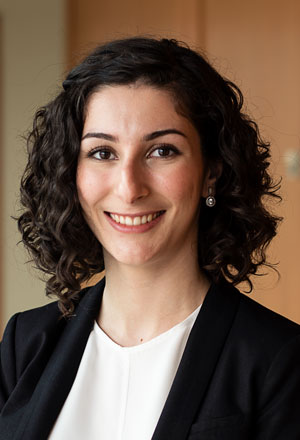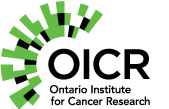
For Salma, using technology to change lives is the ultimate goal.
Salma started her postgraduate studies in awe of machine learning, intrigued by the nuts and bolts of the latest computational tools, but soon realized that it’s the translation of this technology that motivates her.
A new, promising, ultra-focused, non-invasive radiation therapy, called stereotactic ablative radiotherapy (SABR), had recently been introduced as a treatment for lung cancer, but not without technical challenges. Although SABR is less painful and burdensome for patients, it creates scar tissue inside the lungs around where the tumour once was, making it difficult for clinicians to determine whether a spot on a patient’s follow-up scan is benign or if it is a recurring tumour.
Often patients have to wait over a year after SABR treatment for a clinician to confirm whether their tumour has grown back. At that point in time, the clinician can see if the tumour has regrown irregularly and the spot on the scan has visibly changed. Salma saw this as an opportunity for computers to step in.
“If we can find a way to recognize the earliest signs of a recurring tumour, these tumours could be treated earlier when they are more manageable,” says Salma. “Shortening this delay may be a life-saving difference for a patient, and that’s where technology can help.”
When Salma heard about the imaging expertise in London and the city’s leadership in validating SABR, she knew she wanted to tackle this challenge at Western University. Today, she is developing machine learning algorithms that allow radiologists to detect these signs of recurring lung cancer when the human eye cannot. Her algorithms could shave a year off of the time elapsed between a patient’s SABR treatment and confirming they are cancer-free.
“I’m excited by the human challenges that technology can address – like recognizing small patterns in chest scans that indicate early traces of a recurring tumour — that give patients more treatment options,” says Salma. “I’m proud that I can help bring these new technologies to patients. That is why I am here.”
